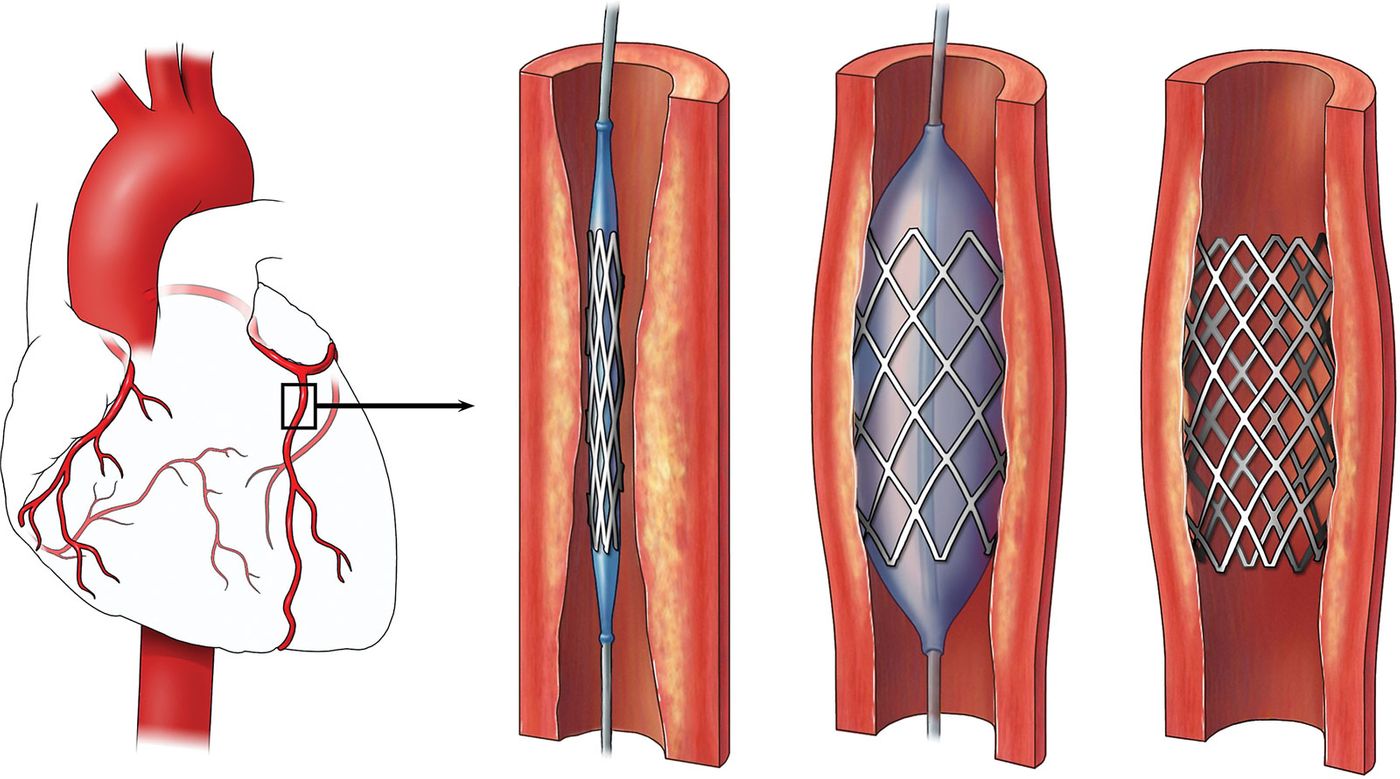Building New Routes for Surgical Stents and Artery Repair
People with type 2 diabetes experience a series of setbacks that put them at an increased risk of cardiovascular disease. Often a surgery to insert a stent can relieve the strain of a blocked artery, but diabetics are also more likely to have their arteries become blocked again. A new study from the Joslin Diabetes Center breaks down why diabetics suffer this tendency.
An enzyme called SHP-1 inhibits the growth of smooth muscle cells that line blood vessels, but researchers found that SHP-1 is under-expressed in patients with type 2 diabetes. Without SHP-1 to keep the blood vessels in check, it seems that a stent operation to open up a clogged vessel for a diabetic offers no guarantee that the effects will be long-lasting.
Researchers investigated the role of SHP-1 by looking at mice fed a high-fat diet and rats genetically altered to be prone to diabetes. They saw SHP-1 under-expressed in the arteries of these test animals, and that’s when, said co-lead author Weier Qi, “we also found that SHP-1 expression dropped in the arteries of patients with type 2 diabetes.”
Next they looked at mice models genetically altered to overexpress SHP-1 in their vascular smooth muscle cells. They were also fed a high fight diet intended to clog their arteries, which called for a procedure for the insertion of a stent into the clogged vessel. Following post-surgery recovery, these mice fared much better than normal mice who expressed a normal amount of SHP-1.
SHP-1 expression in blood vessel smooth muscle cells is apparently reduced as a result of high lipid levels in the bloodstream, a common characteristic of diabetes and other metabolic diseases.
To make matters even more complicated, nearly every tissue in the body responds to diabetes in a different way. “These opposite cell growth patterns are an enigma,” said senior author and chief scientific officer at the Joslin Diabetes Center, George King, MD. “They also make it difficult to develop therapeutics, because we would want to deactivate SHP-1 in the eye and activate it in large arteries.”
One idea is to coat stents with SHP-1 to prevent excessive growth of vascular cells that would cause the vessel to become reclogged. Though because of the opposite effect on the eyes, only local release of SHP-1 would be safe.
Lastly, King said, “the more ideas that come up, the greater the chances that we can achieve such a needed treatment.”
The study was recently published in the journal Diabeteologia.
Source: Joslin Diabetes Center









